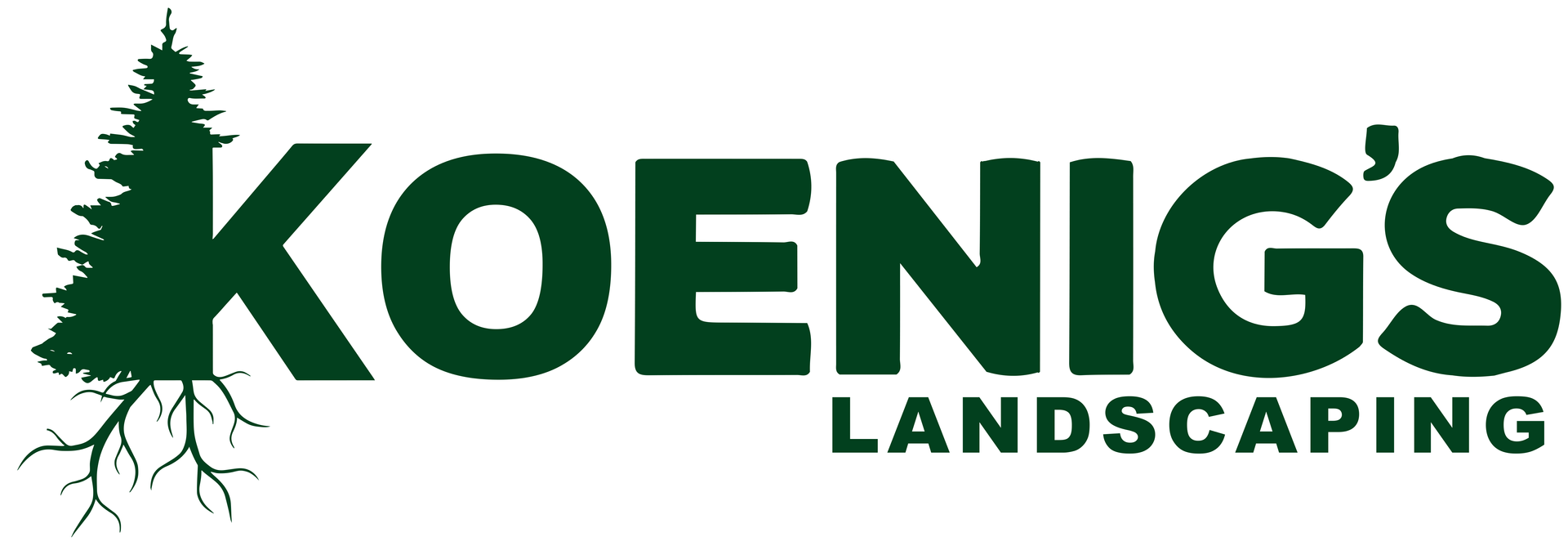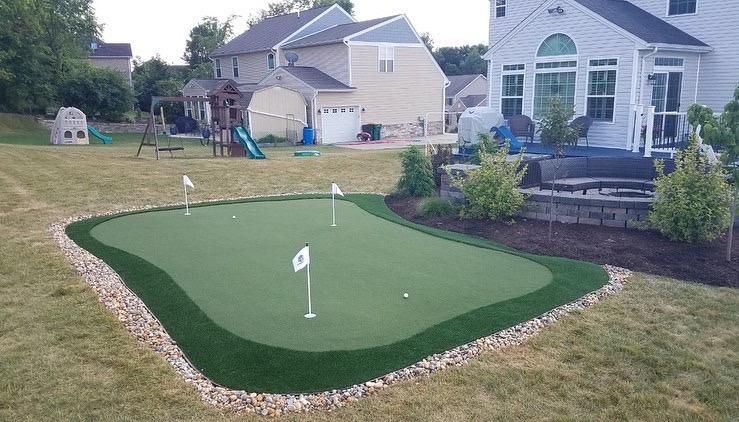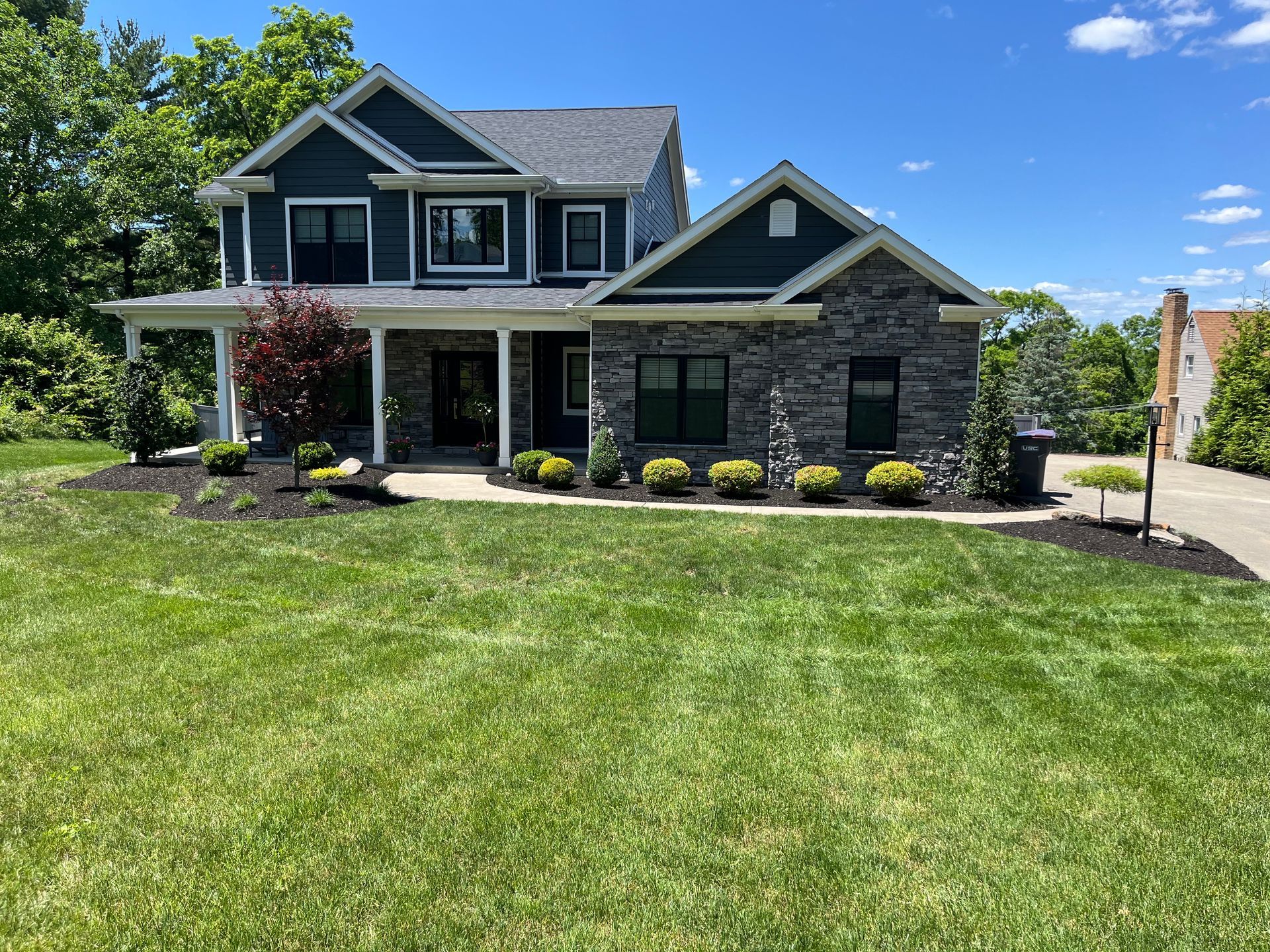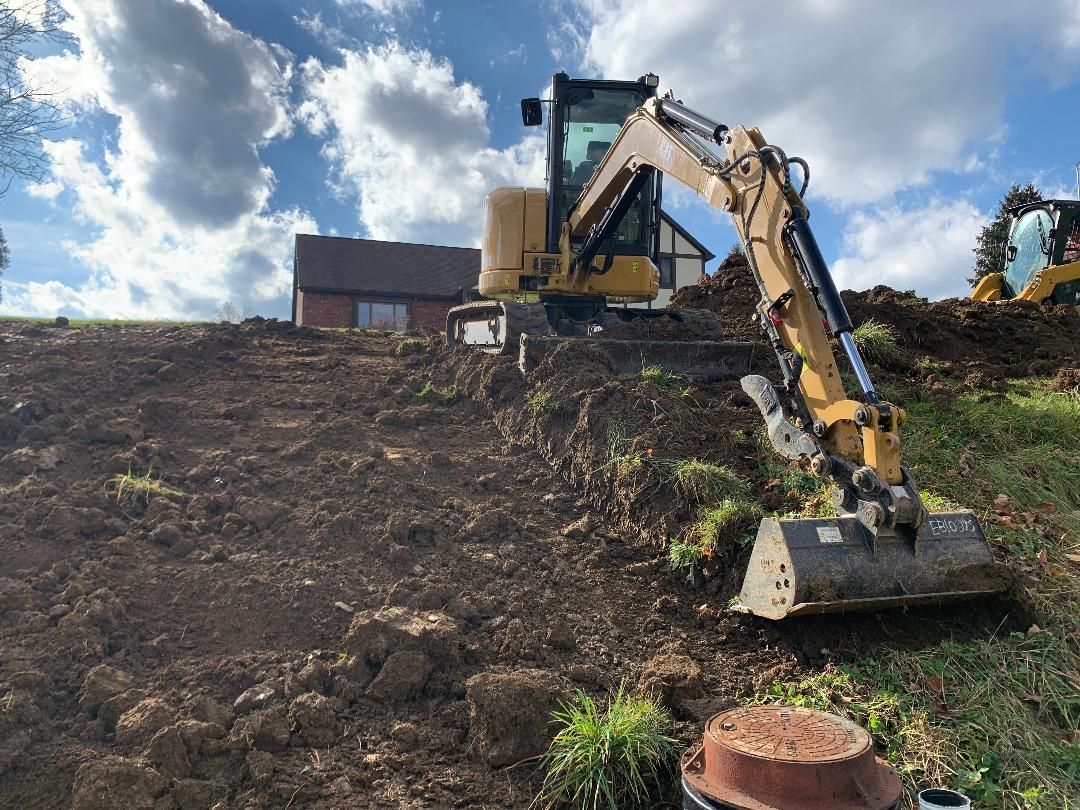Mastering Hardscape Solutions for Challenging Landscapes
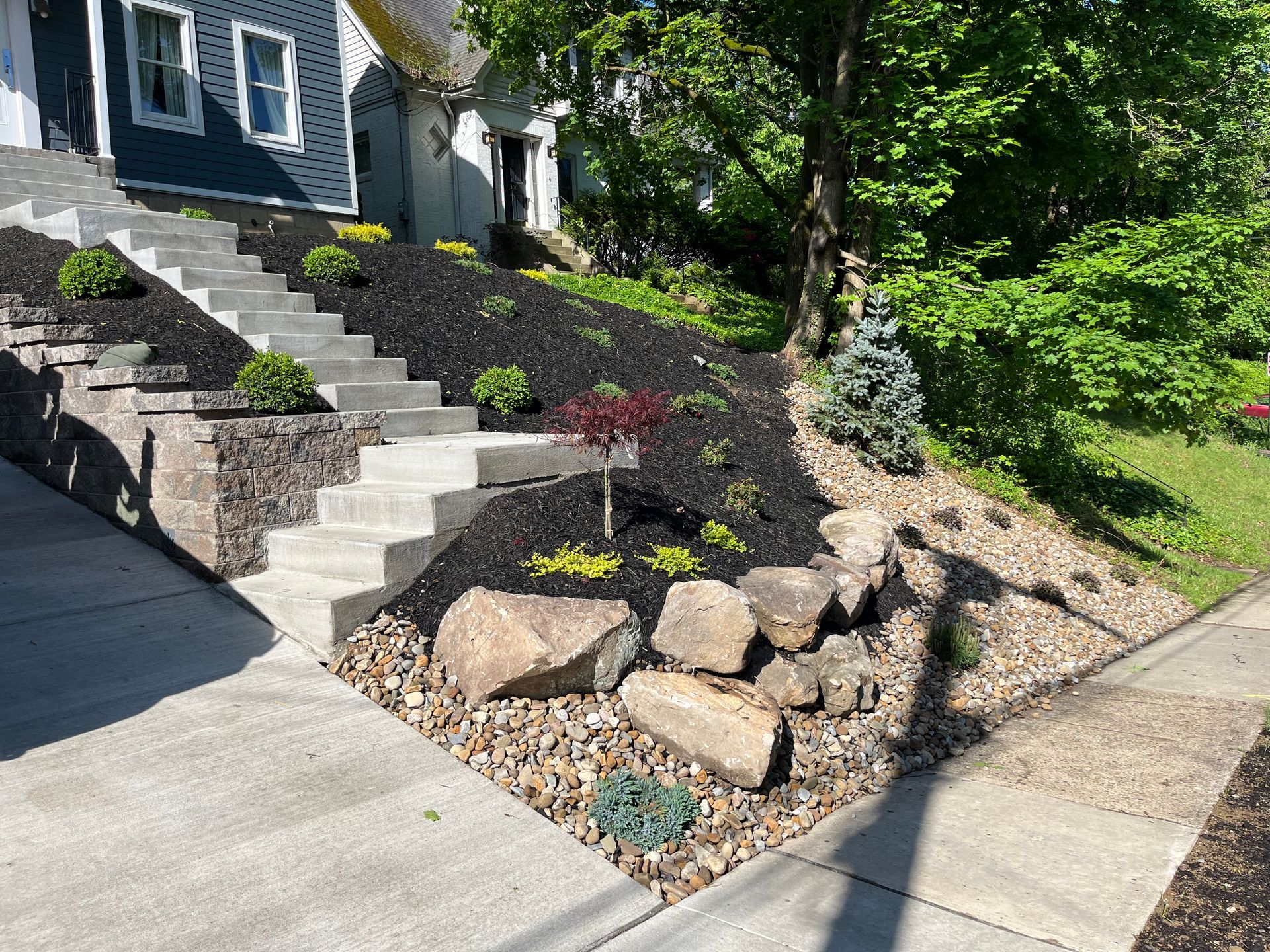
Many homeowners dream of creating a beautiful, functional landscape. However, when faced with challenging terrain, the task can seem daunting. Traditional landscaping solutions might not be sufficient when dealing with steep slopes or erosion-prone areas. This is where hardscaping offers practical and aesthetic benefits that transform challenging landscapes into stunning outdoor spaces.
In this article, we'll explore how hardscape solutions can address common landscaping challenges and guide you through practical strategies for enhancing your property.
Landscaping on difficult terrains presents unique challenges. Sloped and erosion-prone areas require special attention to maintain stability and prevent soil loss. With its durable and versatile features, Hardscaping offers practical solutions for these issues. By integrating hardscape elements into your landscape design, you address functional problems and enhance your property's aesthetics and value.
Understanding Hardscaping
What is Hardscaping?
Hardscaping is the incorporation of non-living elements into a landscape. This includes patios, walkways, retaining walls, and stone features. Unlike softscaping, which involves plants and other organic materials, hardscaping focuses on durable, long-lasting materials like stone, concrete, and wood. These elements provide structure, support, and aesthetic appeal to your outdoor space.
Benefits of Hardscaping
Hardscaping offers several significant benefits:
- Durability and Low Maintenance: Hardscape features are designed to withstand the harsh elements and require minimal upkeep compared to plant-based landscaping.
- Aesthetic Enhancement and Property Value Increase: Properly designed hardscapes can significantly boost your home's curb appeal and market value. Combining beauty and functionality makes your property more attractive to potential buyers
Common Landscaping Challenges
Slope Management
Sloping landscapes are prone to erosion and instability, posing risks to the environment and property structures. Proper slope management is crucial to maintaining landscape health and safety. Without effective solutions, soil erosion can lead to significant degradation, requiring costly repairs and restoration efforts.
Erosion Control
Erosion is a serious issue that leads to soil loss, landscape degradation, and potential damage to nearby structures. Effective erosion control measures are essential to protect your landscape and maintain its integrity. Without intervention, erosion can quickly escalate, causing long-term damage and reducing the usability of your outdoor space.
Hardscape Solutions for Slope Management
Retaining Walls
Retaining walls are a fundamental solution for managing slopes. They provide vital support, preventing soil movement and reducing erosion risks. When designing retaining walls, consider both functionality and aesthetics. Choose materials and designs that complement your landscape while providing the necessary structural support.
Terracing
Terracing involves creating stepped levels on a sloped terrain, transforming an unusable incline into functional, visually appealing spaces. This technique manages slopes effectively and creates opportunities for planting and outdoor living areas. Properly designed terraces can seamlessly integrate with the natural landscape, enhancing usability and beauty.
Steps and Pathways
Incorporating steps and pathways is essential for navigating sloped areas safely and conveniently. Choose materials that offer durability and visual appeal, such as stone or brick. Well-designed steps and pathways can enhance your landscape's overall functionality and aesthetic, making it more accessible and enjoyable.
Hardscape Solutions for Erosion Control
Stone and Rock Installations
Using stones and rocks is an effective method for stabilizing soil and preventing erosion. These natural elements blend seamlessly into the landscape, offering functional and aesthetic benefits. Consider creating rock gardens or stone barriers to enhance the visual appeal while addressing erosion issues.
Paver and Gravel Solutions
Pavers and gravel are excellent choices for erosion-prone areas. They provide stability and facilitate proper drainage, reducing the risk of soil erosion. When installing pavers, ensure proper placement and spacing to maximize their effectiveness. For more tips on integrating paver patios into your landscape, check out our detailed guide here.
Water Management Systems
Effective water management is crucial for preventing erosion. Implement drainage solutions such as French drains and swales to direct water flow and protect your landscape. Properly managed water flow reduces the risk of soil erosion and maintains the health of your outdoor space.
Integrating Hardscaping with Overall Landscape Design
Aesthetic Considerations
Achieving a cohesive look in your landscape requires balancing hardscape elements with softscaping. Ensure that your hardscape designs complement the existing plantings and natural features. Thoughtful integration enhances the visual appeal and creates a harmonious outdoor environment.
Sustainable Practices
Choosing environmentally friendly materials and designs promotes long-term landscape health. Opt for sustainable hardscaping solutions that minimize environmental impact and support the local ecosystem. Sustainable landscaping practices benefit the environment and enhance the durability and functionality of your landscape.
Work with Koenig's Landscaping Today to Create Your Dream Landscape!
Hardscaping is a powerful tool for managing challenging landscapes. Incorporating durable, aesthetically pleasing elements can effectively address issues like slope management and erosion control. Investing in hardscape solutions improves your outdoor space's functionality and enhances its beauty and value.
If you're ready to transform your landscape with professional hardscaping services, contact Koenig Landscaping today. Our expert team is here to help you create a stunning, sustainable landscape that meets your needs and exceeds your expectations. Schedule a consultation now to get started.
ABOUT KOENIG'S LANDSCAPNG
We pride ourselves on the highest quality work while upholding honesty and professionalism. Our crews are built with friendly and knowledgeable employees, so you feel comfortable through the whole process.
